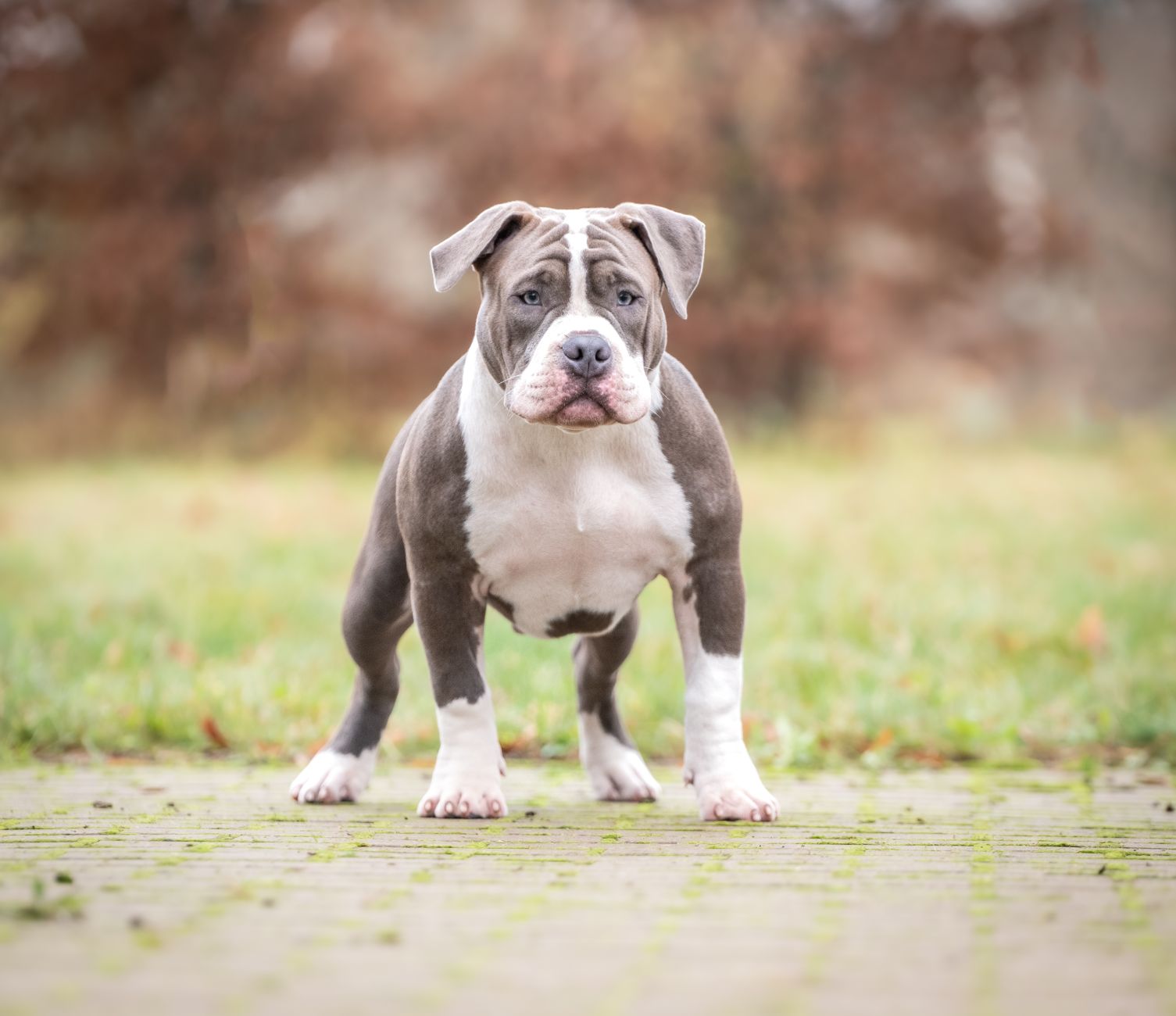
- by Dr.Thilo Senst
First Aid Tips for Dog Fight Injuries: Immediate Care Essentials
- by Dr.Thilo Senst
First Aid Tips for Dog Fight Injuries: Immediate Care Essentials
Dog fights, though distressing, can happen unexpectedly. Whether caused by accidental aggression, territorial issues, or fear, dog fights can leave your pet with injuries ranging from minor scrapes to serious wounds. Understanding dog first aid is essential for every dog owner, as knowing how to provide immediate care can significantly reduce pain, prevent infection, and aid faster recovery. This guide will provide you with step-by-step tips on handling dog fight injuries, as well as recommend products to support recovery.
Before administering dog first aid, you must evaluate the environment and ensure safety for yourself and your pet.
Separate the Dogs Safely: Use a barrier like a blanket or a loud noise to distract the dogs. Avoid putting yourself between them to prevent getting hurt.
Check Your Dog’s Condition: Once safe, inspect your dog’s injuries. Focus on their breathing, bleeding, and general responsiveness. Take note of any limpness or signs of shock, which may require immediate veterinary attention.
Calm Your Dog: Injured dogs are often anxious or scared. Speak softly and maintain calm body language. This will help ease their fear and make it easier to administer first aid.
According to the UK’s PDSA, an estimated 10% of pet-related emergency visits are due to fight-related injuries, highlighting the importance of knowing basic dog first aid.
After ensuring safety, the first priority in dog first aid is wound care and stabilisation. Here’s what you need to do:
Bleeding is a common concern with fight injuries. Here’s how to manage it:
Cleaning prevents infection and is an essential part of dog first aid.
Bandaging can help protect the wound from dirt and infection.
Not all dog fight injuries can be managed at home. Knowing when to seek professional help is a crucial part of dog first aid.
Just as you wouldn’t drive your car without knowing how to change a flat tyre or check fluid levels, it’s essential for dog owners to understand basic dog first aid. Quick responses, like a prompt tyre change, prevent further damage and ensure safety. Similarly, knowing first aid can prevent complications from minor injuries.
Knowing how to care for dog first aid provides several benefits:
Having a first aid kit readily available is crucial for managing fight injuries.
A well-prepared first aid kit allows you to respond promptly to injuries, especially in situations where quick action is essential.
Dog bites are prone to infection due to the bacteria found in dogs’ mouths. To reduce the risk of infection, you should:
According to UK veterinary statistics, nearly 20% of untreated dog bites develop infections, making immediate care essential.
Once the initial wound treatment is done, follow these steps for continued care:
Dog fights can be traumatic, and stress can impact their recovery. Monitor their behaviour, appetite, and sleep. Offering a calming treat, such as Dr. Senst Dog Calming Treats, can help reduce anxiety.
Dogs naturally lick their wounds, which can cause further irritation. Consider using an Elizabethan collar to prevent licking.
Wound healing requires a clean, dry environment. Check bandages regularly, and replace them as needed.
Q1: Can I use human antiseptic on my dog?
It’s best to use pet-safe antiseptics designed for dogs, as some human antiseptics can cause irritation.
Q2: How long should I keep the wound bandaged?
Keep the wound bandaged for the first few days, checking it daily. Once the wound starts to dry out and heal, you can leave it uncovered to promote faster healing.
Q3: What signs of infection should I look for?
Swelling, redness, warmth around the wound, or any discharge indicates infection. Seek veterinary care if these symptoms persist.
Prevention is the best form of dog first aid. Here are some tips to help avoid future fights:
Training your dog to respond to recall commands and practising calm behaviour can also minimise the risk of aggressive interactions.
Effective dog first aid involves more than treating visible wounds; it includes keeping your dog comfortable, preventing infection, and promoting calm behaviour during recovery. Dr. Senst offers a range of products to support your dog’s post-fight care:
By incorporating these products into your dog’s first aid routine, you can provide a thorough and caring approach to their recovery.
![]()
Enter your details & download our comprehensive 50+ page printable Dr. Senst Pet Care Planner completley FREE! - keep track of all your pet’s needs, from medical history and training to vet visits, grooming, diet, and more!










Share:
Choosing the Best Dog Collar: What Every Owner Needs to Know
Top Dog Probiotics for Sensitive Stomachs: Best Supplements & Benefits